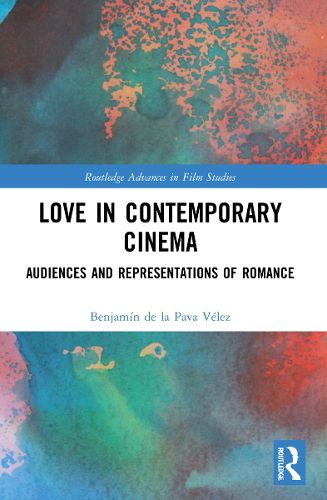Readings Newsletter
Become a Readings Member to make your shopping experience even easier.
Sign in or sign up for free!
You’re not far away from qualifying for FREE standard shipping within Australia
You’ve qualified for FREE standard shipping within Australia
The cart is loading…






This book looks at social representations of romantic love as portrayed in films and interpreted by their audiences, using cinema as a means for analysing the state of romantic love today, and the touchpoints and disconnects between its representation on screen and the lived experiences of film audiences.
Through a media sociology lens, the book draws on analysis of five contemporary romantic films and the meanings brought to and made from them by socially and economically diverse audiences. Employing both textual analysis and primary interviews, the book contests overly pessimistic perspectives on modern intimacy while acknowledging and exploring some of the challenges, woes and changes that romantic love is experiencing in late capitalism. Concerns and debates over monogamy, the teleology romantic love and the division of labour in relationships percolate in this book's examination of how audiences' responses to these films reflect their attitudes and expectations regarding romantic love.
This book will have great resonance for scholars and students of not just film studies and media studies, but also audience studies, media sociology, philosophy, gender and sexuality.
$9.00 standard shipping within Australia
FREE standard shipping within Australia for orders over $100.00
Express & International shipping calculated at checkout
This book looks at social representations of romantic love as portrayed in films and interpreted by their audiences, using cinema as a means for analysing the state of romantic love today, and the touchpoints and disconnects between its representation on screen and the lived experiences of film audiences.
Through a media sociology lens, the book draws on analysis of five contemporary romantic films and the meanings brought to and made from them by socially and economically diverse audiences. Employing both textual analysis and primary interviews, the book contests overly pessimistic perspectives on modern intimacy while acknowledging and exploring some of the challenges, woes and changes that romantic love is experiencing in late capitalism. Concerns and debates over monogamy, the teleology romantic love and the division of labour in relationships percolate in this book's examination of how audiences' responses to these films reflect their attitudes and expectations regarding romantic love.
This book will have great resonance for scholars and students of not just film studies and media studies, but also audience studies, media sociology, philosophy, gender and sexuality.